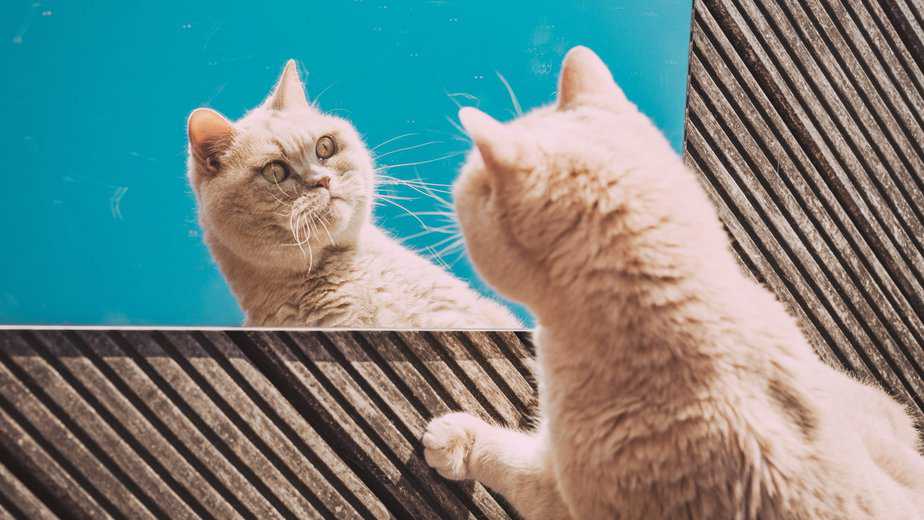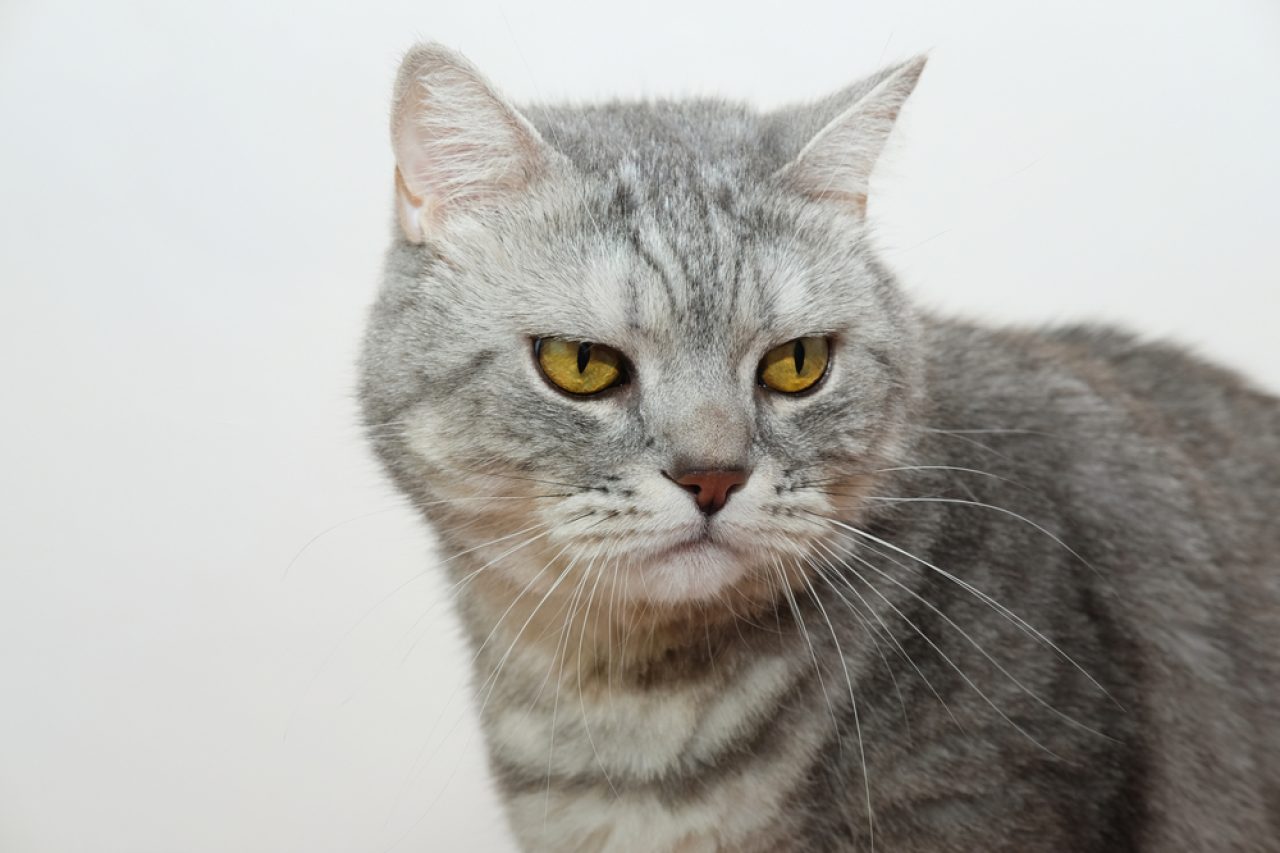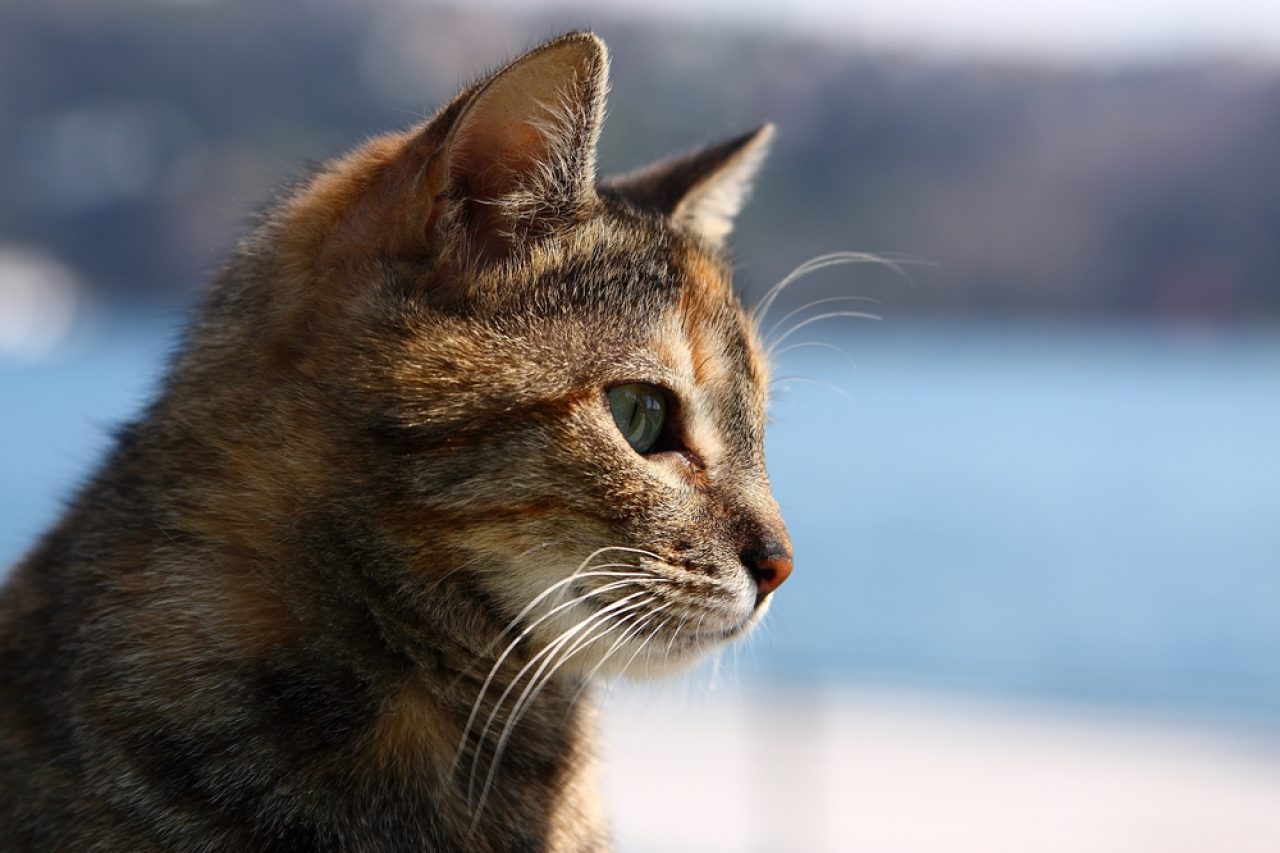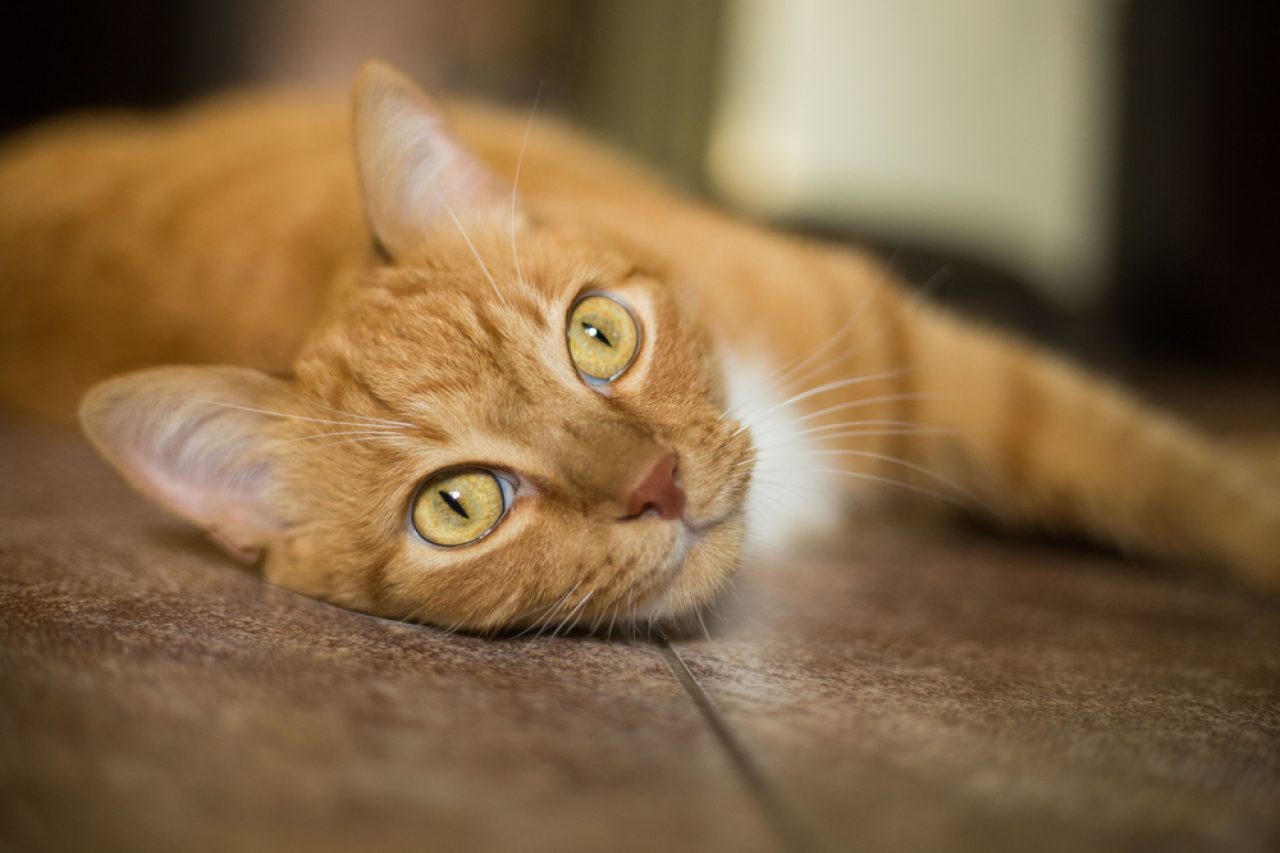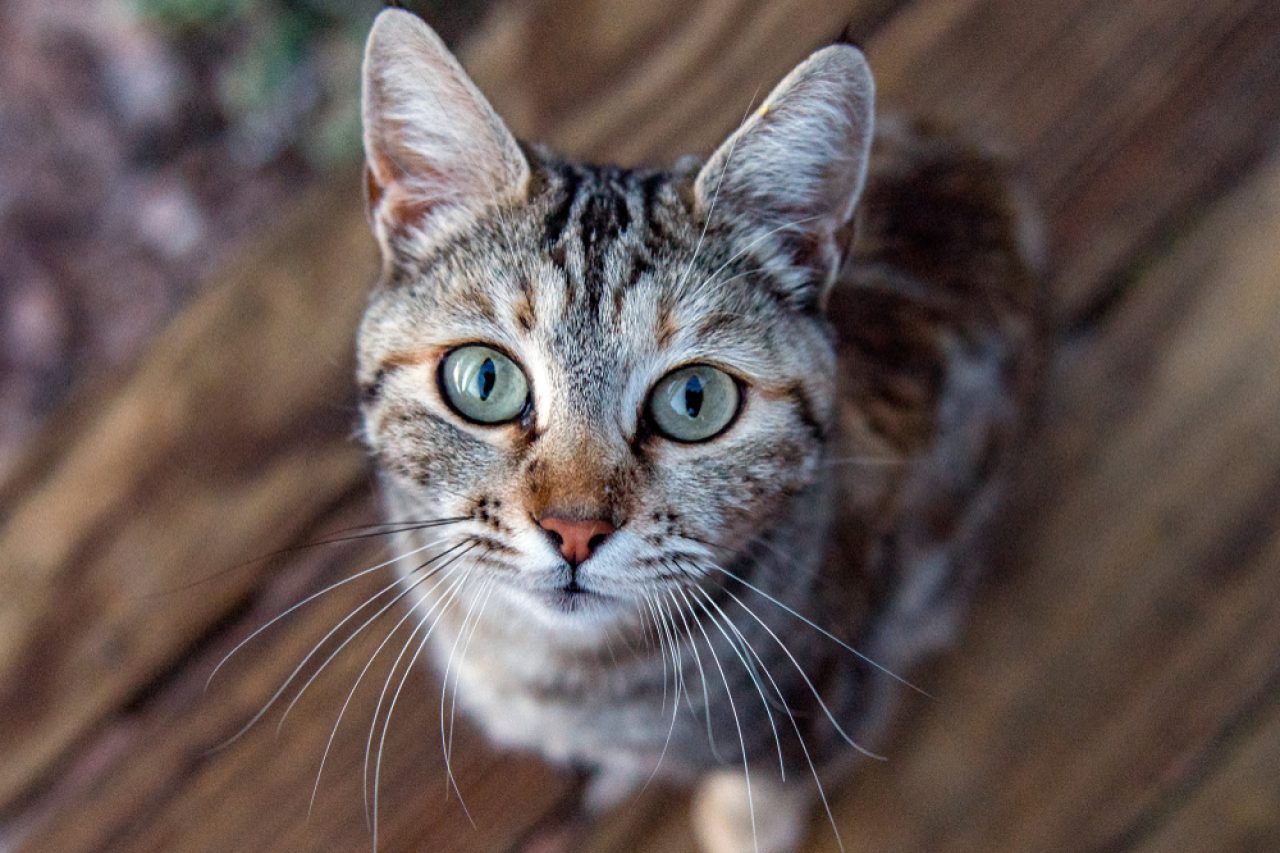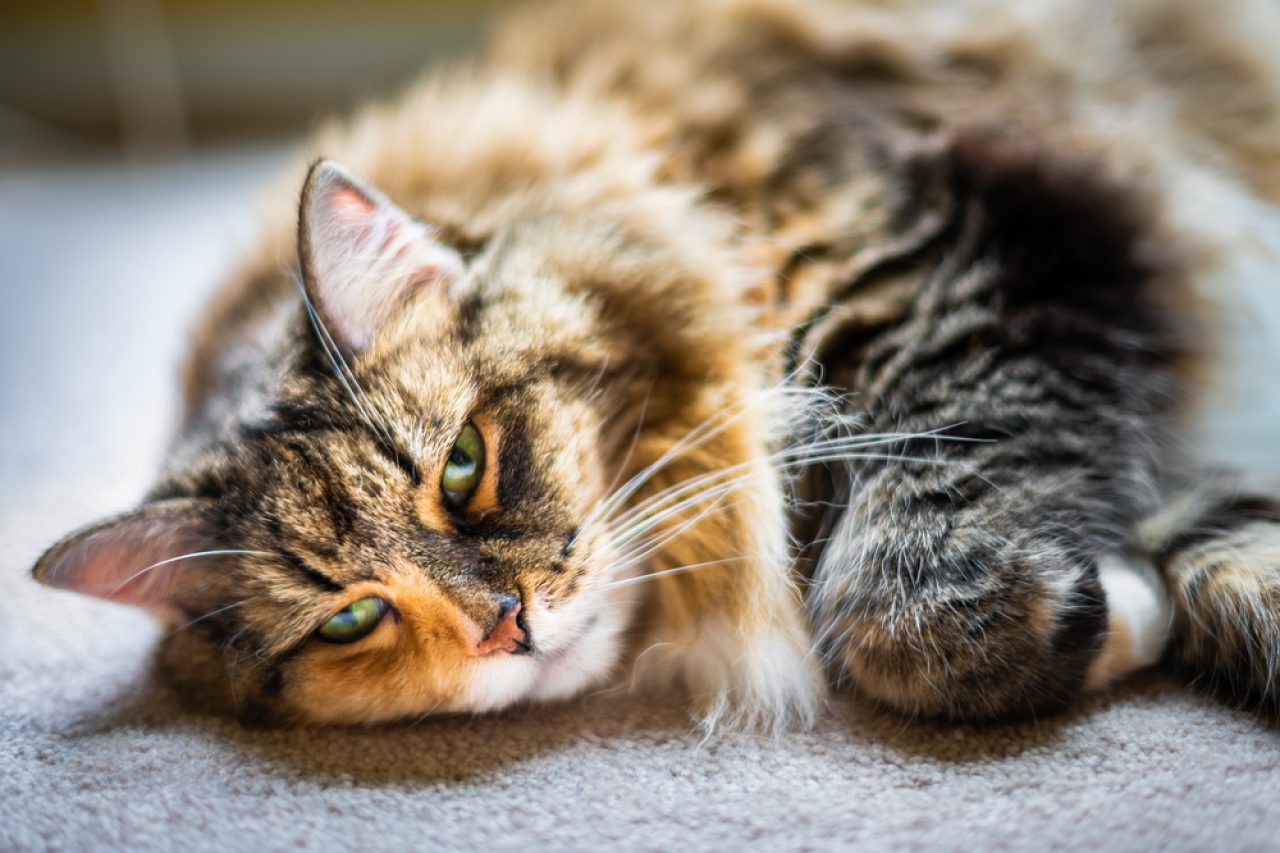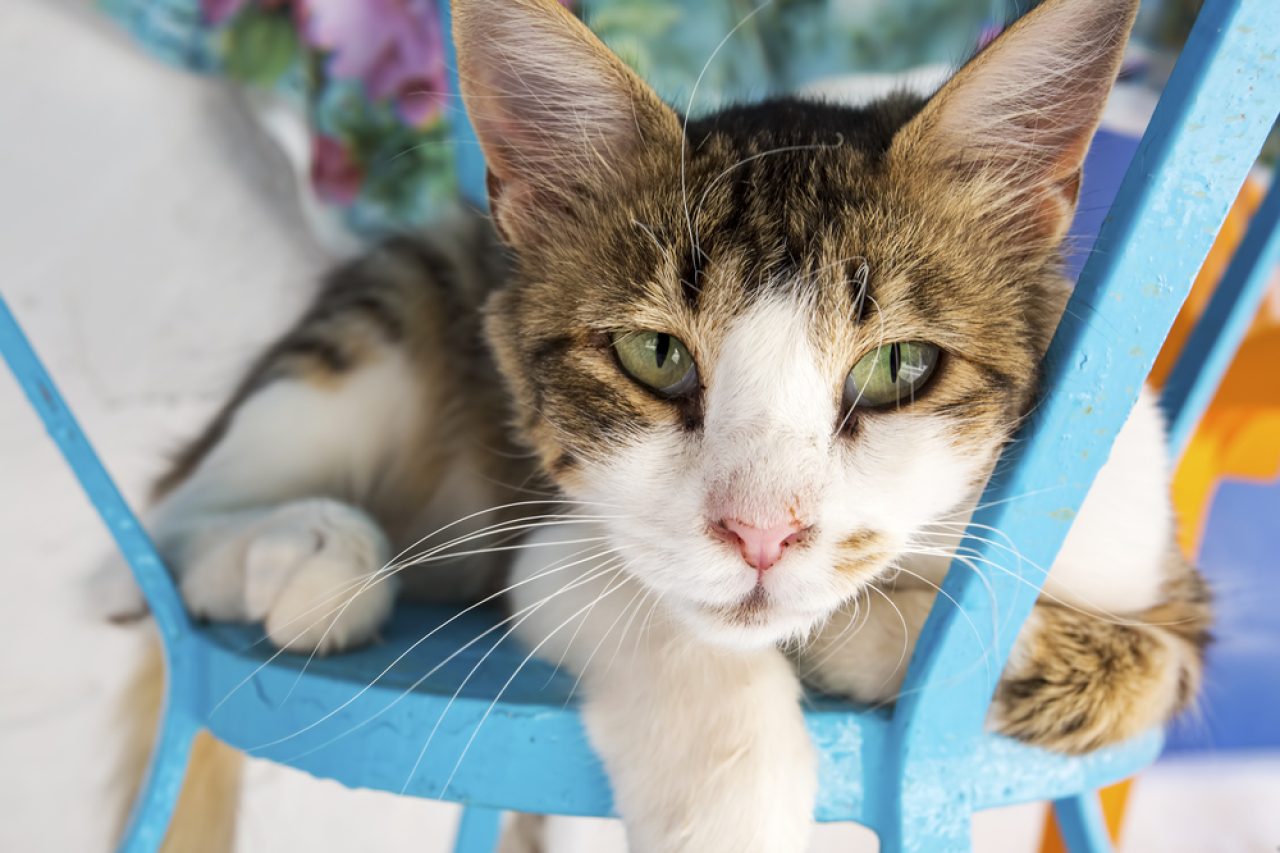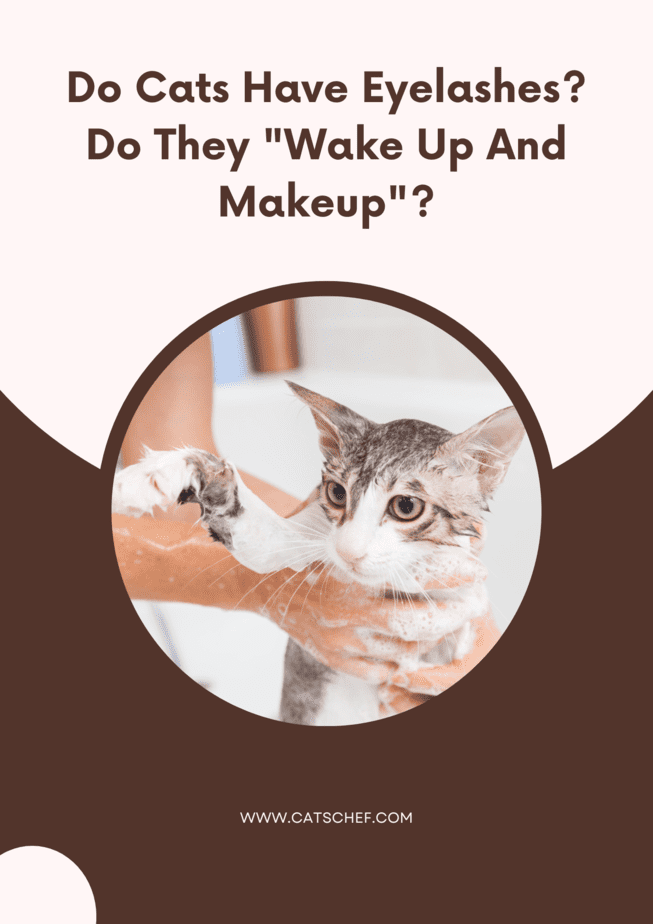📖 Table of Content:
“Do cats have eyelashes!?” you wonder while lounging on the bed with your precious purrincess. Cats really have everything, don’t they? They’re fluffy, they’ve got this whole natural makeup thing with their dark-lined eyes and pink noses, and they’re absolutely adorable! “Argh, they don’t even need lashes!”
Humans are pretty darn great at making a huge deal out of something… odd. Who was the first person to wake up one day and think, “Wow, these little, pointy hairs sticking out of my eyes are really beautiful? As a matter of fact, they’re what makes me beautiful – the longer they are, the prettier!”
Not to sound bitter or anything – eyelashes ARE great. They keep our eyes safe and secure by catching dust, debris, or anything that can obstruct our vision (or even worse, cause an infection). They protect us from the sunshine that could burn our cornea.
And, they make us more attractive and appealing (we can literally go into Sephora and buy a set of lashes!) But we can agree that cats don’t really need eyelashes for aesthetic purposes.
They’re the embodiment of the whole “cat eye” look and they’re doing great on their own with their silky fur and perky ears.
But, there are times when you can’t stop staring at the fluffball sleeping on your lap and wondering, “Do cats have eyelashes?” – and that’s completely fine. That’s why you can always type your thoughts into your search engine and hope for the best. And the best’s what you’re getting right now.
We’ve gathered pretty much everything you need to know about the least noticeable hairs on your cat’s body. Let’s be honest, our eyes always land on whiskers first. To give a quick answer, cats have eyelashes (kind of), but they’re not the same as yours. “Wait, what!?”
“Cat eyes” or trusty mascara: do cats have eyelashes?
You’re not the only pet parent confused after Googling whether cats have eyelashes. Google says they do and don’t at the same time. We’re guessing that humans have different takes on their furry friend’s eye-fluffs – some refer to them as eyelashes and some as cilia.
And, we’re not surprised that there’s confusion surrounding a cat’s eyelashes. As a matter of fact, we’d be surprised if there wasn’t. Most humans can’t even distinguish between a cat’s eyelashes and the fluff surrounding her eyes.
A cat’s eyelashes, or cilia, line the upper and the lower part of the eyelid creating the iconic “cat eye” look. Cats may have darker eyelashes that are more prominent and easier to notice, or lighter eyelashes that blend in with the rest of their fur.
And here’s the thing: While cilia have a similar role to that of human eyelashes, cats are more likely to rely on their whiskers for protection from dust and debris. Humans don’t have whiskers (“Are you sure? My aunt’s pretty close to having them!”) and our eyelashes always take the first blow.
For the most part, a cat’s lashes are short and unnoticeable because they’re surrounded by the rest of the fur. Cats with longer, thicker fur (Maine Coons, Persians, and Ragdolls) have longer eyelashes which can prove to be a pretty efficient dust protector. Sphynxes, on the other hand, don’t have lashes at all.
So, what have we learned? Cats DO have eyelashes even though we (as humans) can’t really see them. But, but, but… There’s always a but when we’re talking about your feline friend’s idiosyncrasies (and yes, odd-looking eyelashes count). Do cats REALLY need eyelashes?
Do cats need eyelashes? (Aesthetic addition or dust catchers)
Define “need”? Cats don’t really need eyelashes, but that’s not to say that their lashes don’t serve a purpose. “My cat’s eyelashes are so short! Do other cats have such short eyelashes, and what kind of a purpose could such short hairs even serve!?”
Let’s try to put things into perspective. Humans have eyelashes, too, which serve a specific purpose. They protect our eyes from potentially harmful particles. They also protect our eyes from the sun, the UVA and UVB rays – pretty much preventing our corneas from catching on fire!
And, not to mention they’re super sensitive and sense when something’s coming towards our eyes. They close the moment that something’s closer than comfortable – whether that’s something heavy or a simple feather (or even a bug).
Our eyelashes and eyebrows are incredibly important because we don’t have anything else that can serve that same purpose. On the other hand, our furry friends have lashes, although theirs don’t look like they can protect them from anything (right!?)
And, that’s why we say that cats don’t really need their eyelashes. As a matter of fact, cats have a list of things that are better at eye protection. We’re talking about whiskers, fur, and third eyelids (or inner eyelids).
That’s right, every single bit of fluff has a specific task to keep your feline friend happy and healthy. Think about that – your feline’s fluff can literally catch every chunk and chip of dust and debris that comes flying towards your cat’s eye. Cats don’t really need eyelashes, but they need everything else.
Cats have eyelashes AND third eyelids?
Have you and your precious purrincess ever decided to pamper yourselves and spend the rest of the day lounging outside, feeling the sunshine on your skin? There’s a pawsibility you might have noticed a thin, white membrane covering your cat’s eyes when she opens them to throw a glance at what you’re doing.
You might’ve even thought your cat’s getting some sort of disease. Or even worse – you might’ve contacted your vet to check what on earth you’re supposed to do. Whatever the case, you have nothing to worry about because that membrane’s a natural part of your cat’s eyes (same as eyelashes!)
We don’t want to sound uneducated and refer to the white membrane as the… white membrane for the rest of the section. So, the medical term for what you catch a glimpse of when you look into your cat’s eyes after a good night’s sleep is better known as a nictitating membrane.
Your cat’s nictitating membrane is positioned around the inner corner of her eye, but can be drawn out to cover the entire eye when necessary. You might have guessed this yourself, but this membrane serves as a layer of protection for your cat’s eyes.
And, the main role of this “third eyelid” is to prevent dust, dirt, and debris from entering your cat’s eyes. In fact, the nictitating membrane is lubricated, which makes things easier for you. You can remove anything that gets stuck in there in a matter of seconds.
Additionally, the nictitating membrane serves to protect your cat’s eyes from drying out (hence the lubrication). And, the really cool thing is that it’s transparent. That means that your cat can walk around with her membrane closed AND SEE EVERYTHING!
Do whiskers serve the same purpose as eyelashes?
They do – kind of! Human eyelashes are super sensitive and can sense when there’s something is getting too close for comfort. They close even when you don’t want them to (ever played the “try not to blink” game with anyone? It’s darn hard to do when something’s coming at your face!)
Similarly, cat whiskers act as protectors and warn the cat against whatever’s coming her way. Her whiskers are what help her move out of the way, duck her head down, or run off when she senses something approaching.
Think of her whiskers as a natural GPS device or radar. They help her move through the apartment without crashing or bumping into something (we could use that, too).
And, they help her navigate through her environment. Her whiskers are what tips her off as to how high she should jump or how fast she should run.
“Wow, that sounds like magic!” Maybe not magic, but a bunch of blood vessels and nerves that make your cat’s whiskers highly sensitive to pretty much everything.
“But what do whiskers around their mouths and snouts have anything to do with eyelashes?” Cats can have whiskers above their eyes, too! Haven’t you seen those pointy hairs sticking out of the exact place where your cat’s eyebrows would be? Those aren’t eyebrows, those are whiskers!
And what about eyebrows?
Cats don’t have eyebrows! But, before you head off and schedule an appointment with your brow lady, you might want to take a look at what we’re about to say. Cats don’t have eyebrows, but they don’t really need them anyway.
Humans have brows because our eyes need protection from water, rain, sweat, and other liquids. That’s not to say that cats like having these things enter their eyes. They just have better means of protecting themselves – whiskers, fur, and third eyelids.
And, they even have muscles at the exact spot where their eyebrows would be that help them do the same thing that humans do. That’s right – felines have facial expressions and aren’t afraid of employing them against you.
As a matter of fact, they can furrow, lift, or lower this facial area to make different expressions showing how they’re feeling. You might not be able to catch them because of the whickers and the fluff covering that area, but you’d be able to see that on a Sphynx.
Cats don’t have eyebrows, but they have… something. You don’t have to feel bad for your feline friend, she’s doing great and protecting herself fine even without the help of your eyebrow lady.
Eyelash disorders: what are they and how to get rid of them?
Back to the lashes. Not everything’s bright and dandy with your cat’s Maybelline campaign. Cats have eyelashes – we’ve learned that already and we’re pretty stoked for them. But, that’s not to say that cats are exempt from eyelash disorders.
“Eyelash disorders!? That’s a thing!?” Eyelash disorders are pretty rare among felines, but we can’t guarantee that your feline won’t get one. Disorders such as distichiasis, trichiasis, and ectopic cilia aren’t fatal but can be pretty uncomfortable for your cat, and potentially harmful if not treated.
Most of these disorders appear when a cat’s eyelashes grow where they aren’t supposed to grow. For instance, distichiasis appears when a cat’s lashes grow close to the eye (especially when they grow as rows of hair around the eyelids).
Trichiasis appears when lashes grow at random angles and in random directions leading to irritations and lacerations to the eye. Similarly, ectopic cilia appear when eyelashes grow towards the eye, causing discomfort and even loss of vision.
Contact your vet the moment that you notice any symptoms of an eye disorder – swollen and watery eyes, eye discharge, pawing at the eyes, blinking, or even keeping her eyes closed for longer periods.
